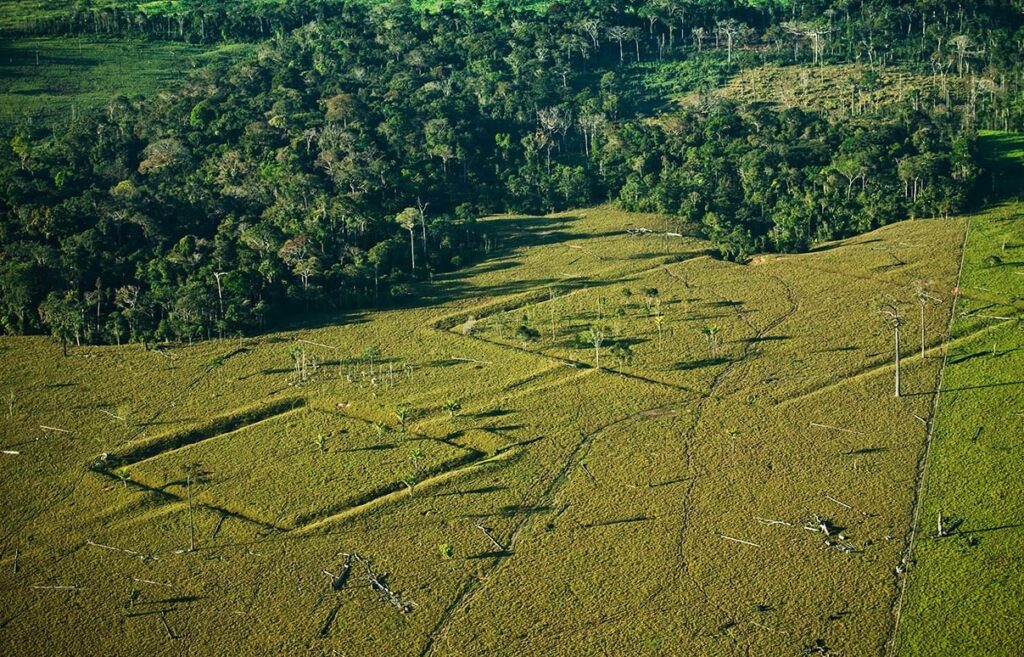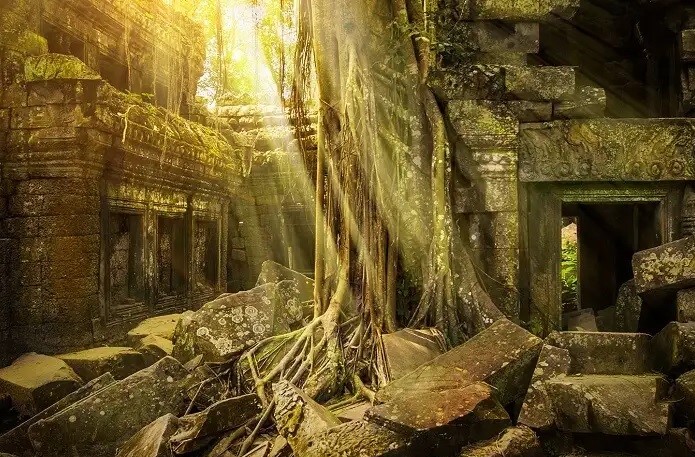In the Amazon jungle, archaeologists have identified the oldest and greatest network of pre-Hispanic communities ever discovered, providing insight into a 2,500-year-old farming civilization that has vanished.
Spread across nearly 1,000 square kilometers (385 square miles), the expansive site was long concealed by the jungle in the Upano valley at the base of the Andes mountain range in eastern Ecuador.
Spread across nearly 1,000 square kilometers (385 square miles), the expansive site was long concealed by the jungle in the Upano valley at the base of the Andes mountain range in eastern Ecuador.
But thanks to aerial laser mapping technology and archaeological investigations, a group of academics led by the French have discovered 20 towns, including five sizable cities, connected by roadways.
Archaeologist Stephen Rostain, the primary author of a new study and resident at France’s CNRS research center, compared it to finding “El Dorado” in an AFP interview.
According to Rostain, the Amazon has never before experienced an urban development of this magnitude, which comprises mud dwellings, ceremonial buildings, and agricultural drains.
“It is not just a village, but an entire landscape that has been domesticated,” he stated.
When Rostain noticed hundreds of mounds in the area 25 years ago, he claimed to have found the first signs of this vanished civilization.
In 2015, his team of researchers flew over the region using laser technology called Lidar, which allowed the scientists to peer through the forest canopy as “if we had cut down all the trees,” Rostain said.
Also read: Atal Setu, the largest sea bridge in India, inaugurated in Mumbai on January 12th.


The “Upano people” lived on more than 6,000 rectangular earthen platforms known as earthen mounds, which formed the foundation of their dwellings.
“All the domestic remains one would see in a home — fireplaces, large ceramic jars for beer made out of corn, grinding stones, seeds, tools,” Rostain said of the discoveries revealed by the researchers on the floors.
The cities are almost all crossed by broad, straight roadways, “just like in New York,” he continued.
According to Rostain, some cities feature a big central lane where local villagers congregate. These streets are similar to those of the ancient Teotihuacan city in modern-day Mexico.
Rostain estimated that a few thousand individuals might have attended these ceremonial gatherings, but more research is being done to determine the exact population of the area.
Since some of the mounds are as tall as 10 meters (33 feet), it is possible that they were not dwellings but rather gathering places for festivals or rituals.
Small fields like these demonstrate how the agrarian civilization “took advantage of the smallest empty space to ensure it bore fruit,” according to Rostain.
He proposed that all these achievements would have required leaders, planning, and engineers to design the roadways.
It is unknown what became of the previously unidentified Upano people, who the researchers gave that name.
It is believed that the earliest mounds were built sometime during the Roman Empire, which lasted from 500 BC to 300–600 AD.
The research, which was released on Thursday in the journal Science, indicates that other sizable villages found in the Amazon date from 500–1,500 AD. However, Rostain noted that this urban network is “much older and much bigger.”
The discovery reveals that “there were not only hunter-gatherers in the Amazon, but also complex, urban populations,” he noted.
According to Rostain, “a certain Western arrogance” has long held that it was impossible for people in the Amazon to have developed such a sophisticated culture before European colonization. “It’s time to reconsider this disparaging view of the people of the Amazon.”




